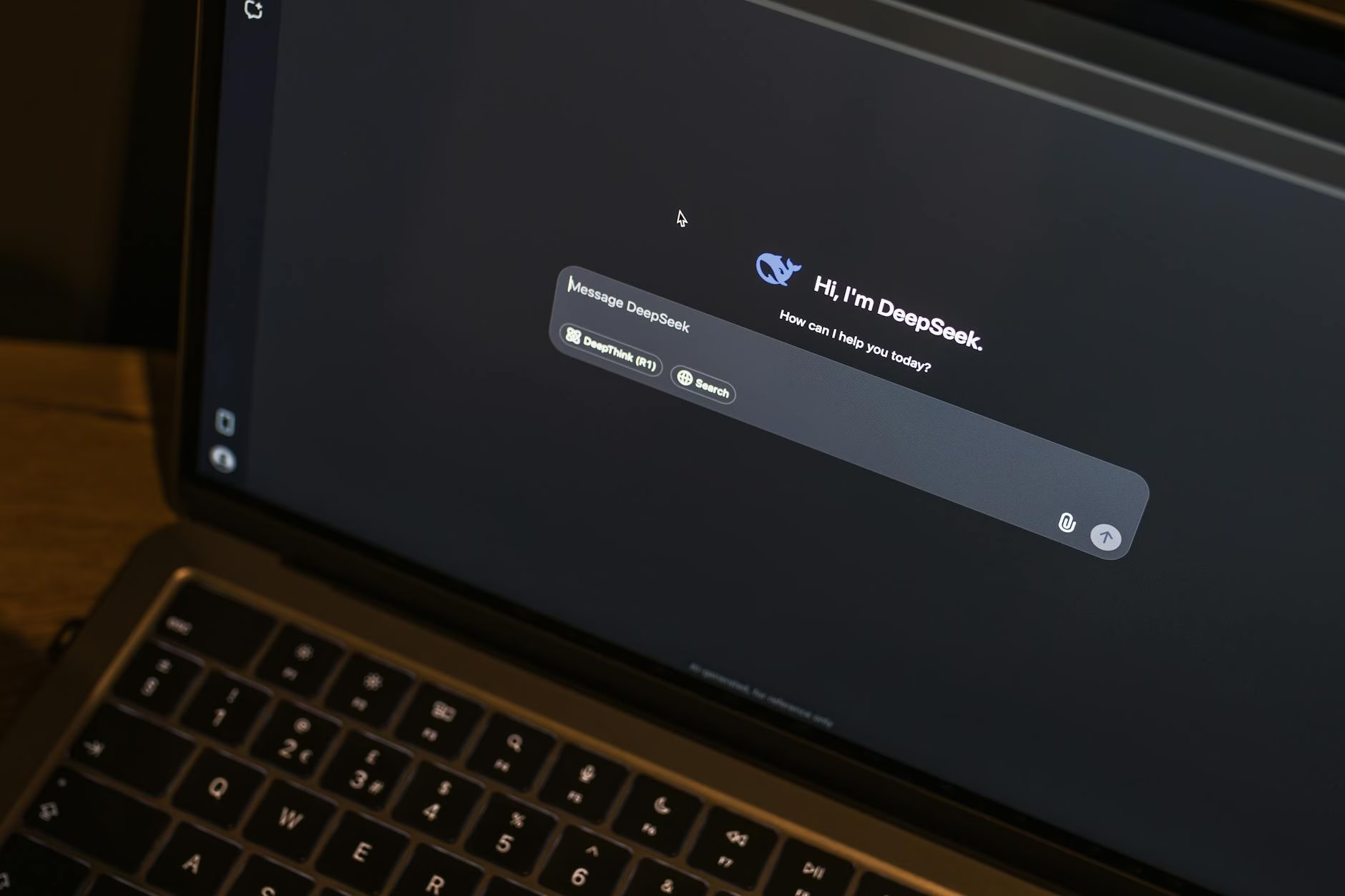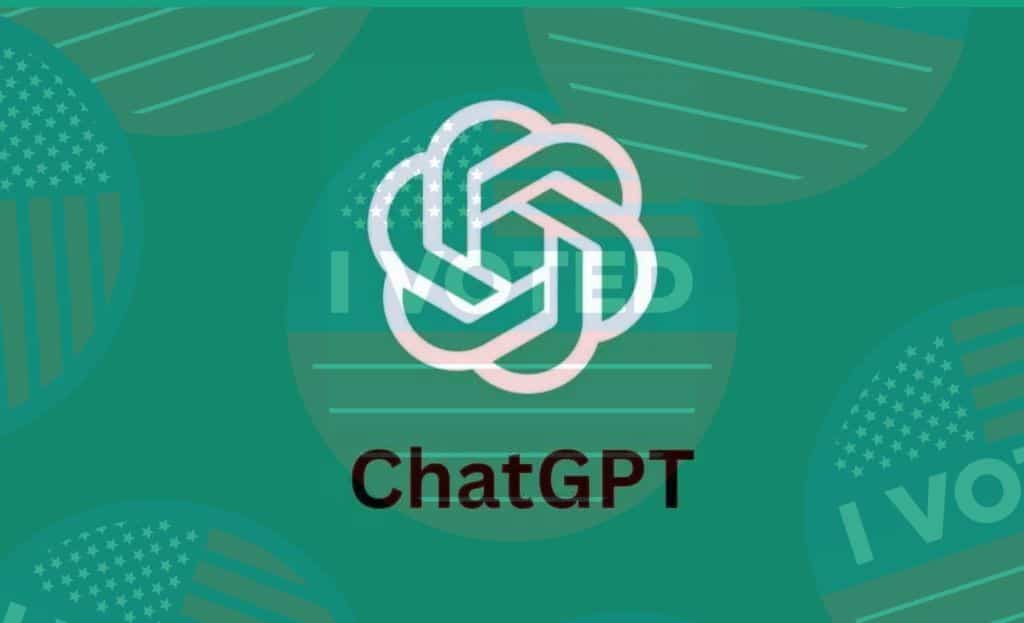Deep Research Features in ChatGPT, DeepSeek-R1, and Gemini: A Comprehensive Review

In the rapidly evolving landscape of artificial intelligence, large language models (LLMs) are no longer just sophisticated chatbots. They are increasingly being positioned as powerful research assistants, capable of delving deep into vast swathes of information to synthesize, analyse, and generate human-quality insights. At the forefront of this revolution are three major contenders: OpenAI’s ChatGPT, the open-source challenger DeepSeek with its R1 model, and Google’s powerhouse, Gemini. Each brings a unique approach to “deep research,” a term that signifies a move beyond simple keyword-based searches to a more nuanced, multi-step, and analytical process. This blog post offers a complete and honest look at the deep research features of these three leading models, exploring their strengths, weaknesses, and the distinct workflows they enable for researchers, analysts, and knowledge workers.
The Dawn of Agentic AI in Research
The concept of “deep research” in the context of LLMs revolves around the idea of an AI agent that can independently plan and execute a research task. This involves understanding a complex query, breaking it down into logical sub-questions, Browse the web for relevant and up-to-date information, critically evaluating sources, and finally, compiling the findings into a structured and coherent report. This is a significant leap from the earlier conversational abilities of LLMs, which were often limited to the information they were trained on and lacked real-time access to the internet.
ChatGPT: The Seasoned Researcher with New Tricks
OpenAI’s ChatGPT, the model that arguably brought generative AI into the mainstream, has continuously evolved its research capabilities. The introduction of its “Deep Research” feature, particularly for its Plus and Pro subscribers, marks a significant step towards more autonomous research.
Core Features and Functionality
ChatGPT’s deep research capabilities are primarily powered by its advanced reasoning models, such as the o3 series, combined with its integrated web Browse functionality. When a user initiates a deep research query, ChatGPT doesn’t just pull information from its pre-trained data. Instead, it formulates a research plan, conducts multiple web searches, and synthesizes information from various sources. This process is transparent to the user, who can often see the steps the model is taking.
A key aspect of ChatGPT’s approach is its ability to handle long and complex prompts, allowing users to specify the scope, key questions, desired comparisons, and even preferred sources for their research. This level of control is crucial for directing the AI to produce highly relevant and tailored outputs.
More recently, OpenAI has integrated Deep Research into its “Projects” feature. This allows users to create dedicated workspaces for specific research topics. Within a project, ChatGPT can maintain context across multiple conversations, remember uploaded files, and build a cumulative knowledge base. This is a game-changer for long-term research projects, as it eliminates the need to constantly re-establish context.
Strengths and Limitations
Strengths:
- Structured Output: ChatGPT excels at generating well-organized and coherent reports, often with clear headings, summaries, and even tables.
- User Control: The ability to provide detailed prompts and guide the research process gives users a significant degree of control over the final output.
- Workflow Integration: The “Projects” feature provides a structured environment for managing and iterating on research over time.
- Versatility: ChatGPT’s strong language capabilities make it adept at a wide range of research-related tasks, from literature reviews and market analysis to creative brainstorming and content generation.
Limitations:
- Recency of Information: While web-enabled, the freshness of its information can sometimes lag behind real-time events compared to models with more direct access to live search indexes.
- “Hallucinations” and Accuracy: Like all LLMs, ChatGPT can still generate plausible sounding but incorrect information. Critical evaluation and fact-checking of its outputs remain essential.
- Paywall: The most advanced deep research features are typically behind a subscription paywall, limiting accessibility for some users.
DeepSeek-R1: The Open-Source Contender with a Focus on Efficiency
DeepSeek, a relative newcomer from China, has quickly made a name for itself by offering powerful open-source models that are both cost-effective and highly capable, particularly in the realms of coding and structured reasoning. Its approach to research is embodied in features like “ResearchPal,” powered by the DeepSeek-R1 model.
Core Features and Functionality
DeepSeek’s philosophy is cantered on providing high-quality AI capabilities to a broader audience. The DeepSeek-R1 model is designed with a Mixture-of-Experts (MoE) architecture, which allows it to be very large in terms of parameters but computationally efficient during inference. This translates to lower operational costs, making it an attractive option for developers and organizations.
For research, DeepSeek emphasizes its ability to conduct thorough content analysis and literature reviews. It can process large volumes of text, identify key themes, summarize complex documents, and assist in organizing research materials. Its strong performance in coding and logical reasoning also makes it a valuable tool for technical and scientific research, where precision and accuracy are paramount.
A key differentiator for DeepSeek is its open-source nature. This allows for greater transparency and customisability. Researchers and developers can fine-tune the model on their own private datasets, tailoring it to specific domains and research needs.
Strengths and Limitations
Strengths:
- Cost-Effectiveness: DeepSeek’s efficient architecture and open-source model make it a more affordable option for deep research tasks.
- Strong Technical Capabilities: It excels in areas requiring logical reasoning and code generation, making it a strong choice for scientific and technical research.
- Open-Source and Customisable: The ability to access and modify the model’s code allows for greater flexibility and domain-specific adaptation.
- Structured Data Handling: It demonstrates a strong ability to work with structured data and perform analytical tasks.
Limitations:
- Real-Time Data Access: While it can be integrated with web search, its native access to real-time information may not be as seamless as its competitors who have direct integrations with major search engines.
- Creative and Conversational Nuance: While strong in formal and technical language, it may not always match the creative and conversational fluidity of models like ChatGPT.
- Ecosystem Maturity: As a newer player, its ecosystem of third-party tools and integrations is still developing compared to the more established platforms.
Gemini: The Google-Powered Researcher with Unparalleled Data Access
Google’s Gemini represents the culmination of the company’s extensive research in AI and its unparalleled access to the world’s information through its search engine. Gemini’s deep research capabilities are designed to leverage this unique advantage, providing users with real-time, comprehensive, and multi-faceted insights.
Core Features and Functionality
Gemini’s deep research feature is deeply integrated with Google Search, allowing it to access and process information from the live web. This means its responses are more likely to be up-to-date and reflect the very latest developments. When tasked with a research query, Gemini can perform multi-step planning, autonomously Browse numerous websites to gather a wide range of perspectives and data points.
A standout feature of Gemini is its long-running inference capability. This allows it to undertake complex research tasks that may take a significant amount of time to complete without interruption. Users can initiate a research project and be notified when the comprehensive report is ready.
Furthermore, Gemini is designed to be multimodal from the ground up, meaning it can understand and process information from various formats, including text, images, and code. This opens up new possibilities for research that involves analysing visual data or a combination of different information types.
Gemini’s integration with the broader Google Workspace ecosystem, including tools like NotebookLM, is another significant advantage. Researchers can seamlessly export their findings from Gemini into a dedicated research notebook, where they can further analyse, annotate, and collaborate on the information.
Strengths and Limitations
Strengths:
- Real-Time Information Access: Direct integration with Google Search provides access to the most current information available on the web.
- Comprehensive and In-Depth Analysis: The ability to browse a vast number of sources leads to more comprehensive and nuanced research reports.
- Multimodality: The capacity to process text, images, and code enables more diverse and sophisticated research projects.
- Ecosystem Integration: Seamless connection with Google Workspace tools like NotebookLM enhances the research workflow and facilitates collaboration.
Limitations:
- Potential for Information Overload: The sheer volume of information Gemini can access can sometimes lead to overly dense or unfocused reports if the user’s query is not specific enough.
- “Black Box” Nature: While powerful, the inner workings of how Gemini selects and prioritizes information can sometimes be less transparent than the step-by-step process shown by ChatGPT.
- Dependence on Google’s Ecosystem: While a strength for many, users who are not heavily invested in the Google ecosystem may find the integration less beneficial.
A Comparative Look: Choosing the Right Research Assistant
| Feature | ChatGPT | DeepSeek-R1 | Gemini |
| Primary Strength | Structured Output & User Control | Cost-Effectiveness & Technical Prowess | Real-Time Information & Comprehensiveness |
| Underlying Model | Advanced Reasoning Models (e.g., o3) | Mixture-of-Experts (MoE) Architecture | Multimodal, Natively Web-Connected |
| Web Access | Integrated Web Browse | Can be integrated, but not as native | Direct Integration with Google Search |
| Workflow | “Projects” for long-term research | Customisable via open-source model | Seamless integration with Google Workspace |
| Best For | In-depth reports, creative research | Technical/scientific research, budget-conscious users | Up-to-the-minute research, multi-format analysis |
| Key Differentiator | Mature platform with strong user guidance | Open-source and highly efficient | Unparalleled access to real-time data |
The Honest Truth: The Human Researcher is Still Essential
Despite the incredible advancements in the deep research capabilities of ChatGPT, DeepSeek-R1, and Gemini, it is crucial to maintain a realistic perspective. These tools are powerful assistants, not replacements for human researchers. The critical thinking, domain expertise, and ethical judgment of a human are still indispensable for several reasons:
- Evaluating Bias: AI models can inherit and amplify biases present in the data they are trained on and the information they find online. A human researcher is needed to identify and mitigate these biases.
- Verifying Accuracy: “Hallucinations” remain a persistent issue. Every piece of information generated by an LLM, especially in a research context, must be rigorously fact-checked against reliable sources.
- Synthesizing Novel Insights: While these models are excellent at summarizing and organizing existing information, the ability to synthesize truly novel insights and formulate groundbreaking hypotheses still lies within the realm of human intellect and creativity.
- Ethical Considerations: Researchers using these tools must be mindful of issues related to plagiarism, intellectual property, and the responsible use of AI-generated content.
The Future of AI-Powered Research
The deep research features of ChatGPT, DeepSeek-R1, and Gemini are a testament to the transformative potential of AI in the pursuit of knowledge. As these models continue to evolve, we can expect them to become even more sophisticated, with improved reasoning abilities, greater accuracy, and more intuitive user interfaces. The future of research will likely involve a symbiotic relationship between human experts and AI assistants, where the AI handles the heavy lifting of information gathering and initial analysis, freeing up human researchers to focus on higher-level thinking, creativity, and discovery.
In conclusion, the choice between ChatGPT, DeepSeek-R1, and Gemini for deep research will depend on the specific needs of the user. For those who value a mature platform with fine-grained control over the research process, ChatGPT is an excellent choice. For researchers in technical fields or those looking for a cost-effective and customizable solution, DeepSeek-R1 presents a compelling open-source alternative. And for those who require the most up-to-date information and a seamless integration with a powerful ecosystem of productivity tools, Gemini’s deep research capabilities are hard to beat. The era of the AI research assistant has truly begun, and the journey of discovery has never been more exciting.
Discover more from Tamfis Nigeria Lmited
Subscribe to get the latest posts sent to your email.



 Hot Deals
Hot Deals Shopfinish
Shopfinish Shop
Shop Appliances
Appliances Babies & Kids
Babies & Kids Best Selling
Best Selling Books
Books Consumer Electronics
Consumer Electronics Furniture
Furniture Home & Kitchen
Home & Kitchen Jewelry
Jewelry Luxury & Beauty
Luxury & Beauty Shoes
Shoes Training & Certifications
Training & Certifications Wears & Clothings
Wears & Clothings








